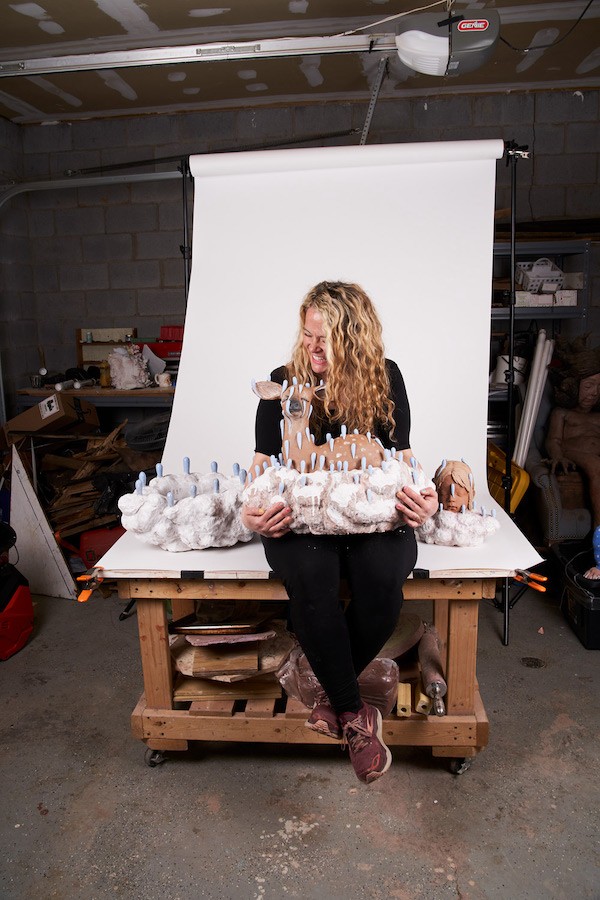Alright – so today we’ve got the honor of introducing you to Andréa Keys Connell. We think you’ll enjoy our conversation, we’ve shared it below.
Alright, Andréa Keys thanks for taking the time to share your stories and insights with us today. What were some of the most unexpected problems you’ve faced in your career and how did you resolve those issues?
In May of 2019, my family undertook an unexpected adventure. We bought a rundown old general store. For 3 years my spouse, Matt, poured his heart and all his energy into restoring The Todd General Store, re-opening it as a community space that hosted music, storytelling, art, workshops, a restaurant, and homemade and local goods. As we planned for our first summer where the business would be 100% operational, our beloved store experienced a catastrophic structural fire. 3000 square feet was reduced to an unnoticeable 250 square foot frame that had been a hidden room tucked beneath the porch. It was all so heartbreaking. So many things that were loved – a literal treasure trove of singular objects – gone in an instant.
Sifting through the debris – literally and metaphorically – I began to reencounter my artwork lost in the fire, often one piece at a time. In their absence, and in their partial recovery, I would feel, at first a rush of discovery. This sensation would often be quickly followed by a re-encountering. I began to find what I value most in my work – and, alternately, what I don’t value. I began to clearly see shards of pieces I knew I would miss and then, often, the opposite would follow. I would uncover a piece that felt ok to lose.
We didn’t only find broken ceramics. We found whole pieces as well, each transformed, but fully intact. So, what remained intact about the broken pieces? In the least sentimental way I would insist that these shards literally placed hope into our hands, embodying a resilience we wanted to make our own. We found a friend’s ewer, miraculously unbroken. It was exciting for everyone. This discovery helped our family turn towards what hadn’t been lost. In this way, we continued our search with not only resolve, but a sort of happiness. By turning toward this humble little search for other things we turned away for a time, from what felt like unremitting loss, and gave our search meaning.
This experience has had a profound impact on how I now approach my making. The reason I miss many of the pieces I lost in the fire is they marked time in a special way, and at their best, they felt alive to their moment. They were, and remain, things I want to continue to hold. The lesson for me: if the object is lost the language of care is clarified – and I hope this informs my work. I want to hold the present moment, and to hold the things I have however I am able to.
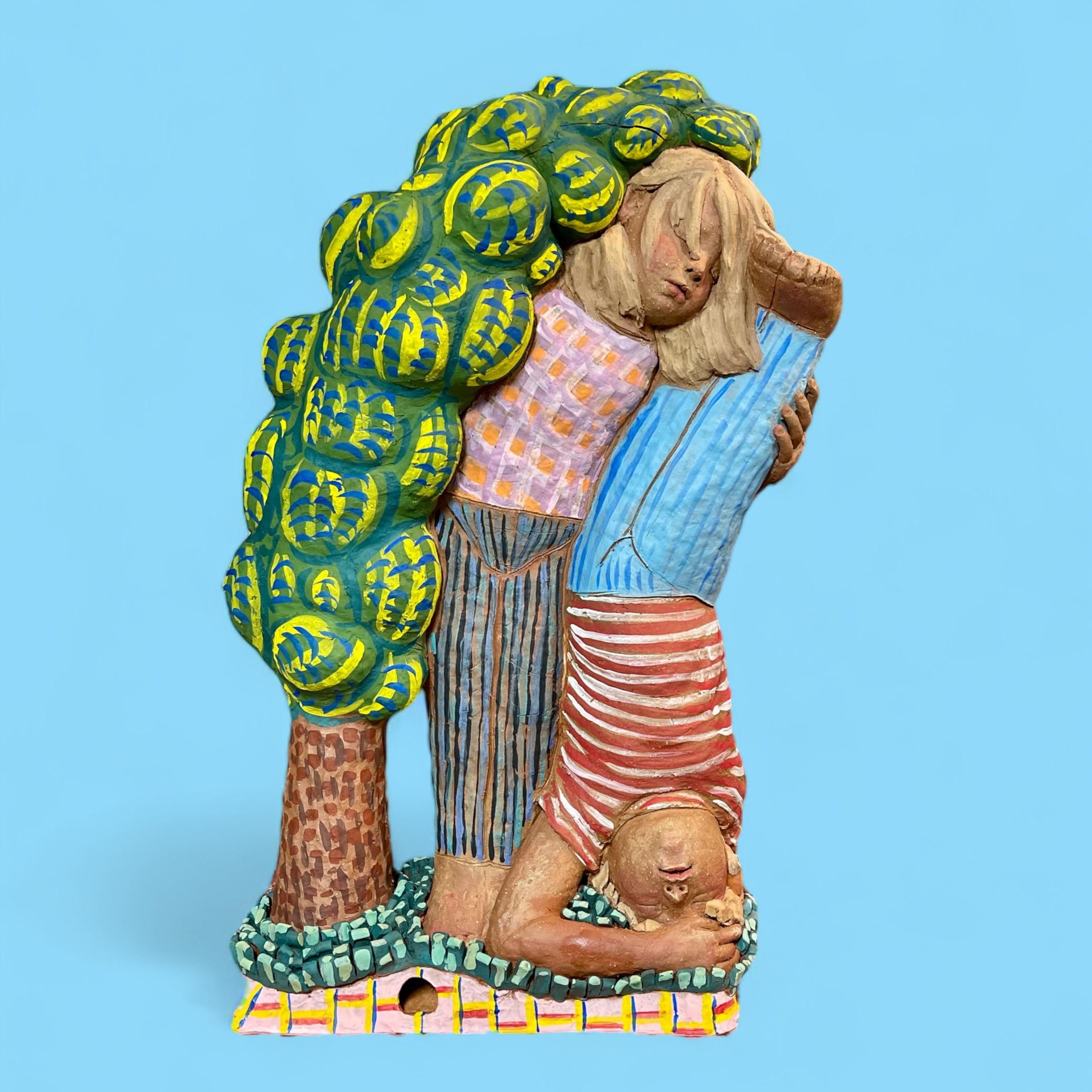
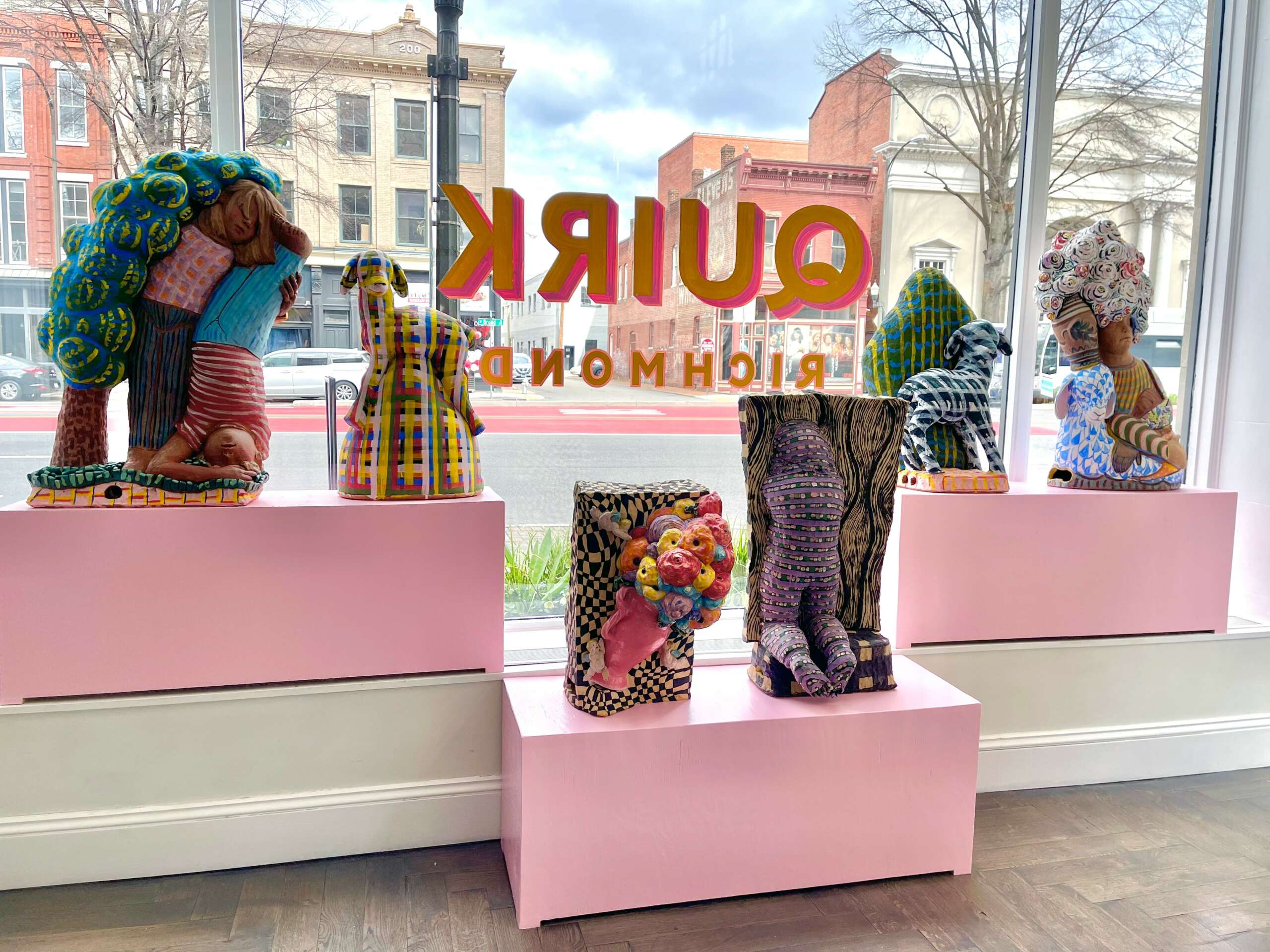
Awesome – so before we get into the rest of our questions, can you briefly introduce yourself to our readers.
A career in ceramics came to me by accident. In my Junior year of college at the Maryland Institute College of Art I had to fill a studio elective, and the ceramics class was the only studio with an opening. I had no choice but to take the class. Little did I know, I would never leave the clay studio again. The community and the challenges of the material had me hooked.
I am now a full time Associate Professor in Ceramics at Appalachian State University, a full time artist, and a full time mom and partner.
My work has been featured in a number of national and international publications and I have widely exhibited my work. I have had 19 solo exhibitions in various galleries and museums since 2009, including The Florida Holocaust Museum and The Kentucky Museum of Art and Craft. I also works on large-scale public art commissions such as the See Also endowment commission with the Cleveland Public Library.
Along with exhibiting my work and teaching at App State, I have taught workshops on figure sculpting at various craft schools across the country including Penland, Haystack, Arrowmont, and The Metropolitan Museum of Art, NYC.
My upcoming schedule includes exhibitions at The Jane Hartsook Gallery, NYC, Blue Spiral Gallery in Asheville, NC, and ArtSpace in Raleigh, NC. I have also been selected as a Demonstrating Artist for the 2024 NCECA conference in Richmond, VA and The Women Working in Clay Symposium in 2025.

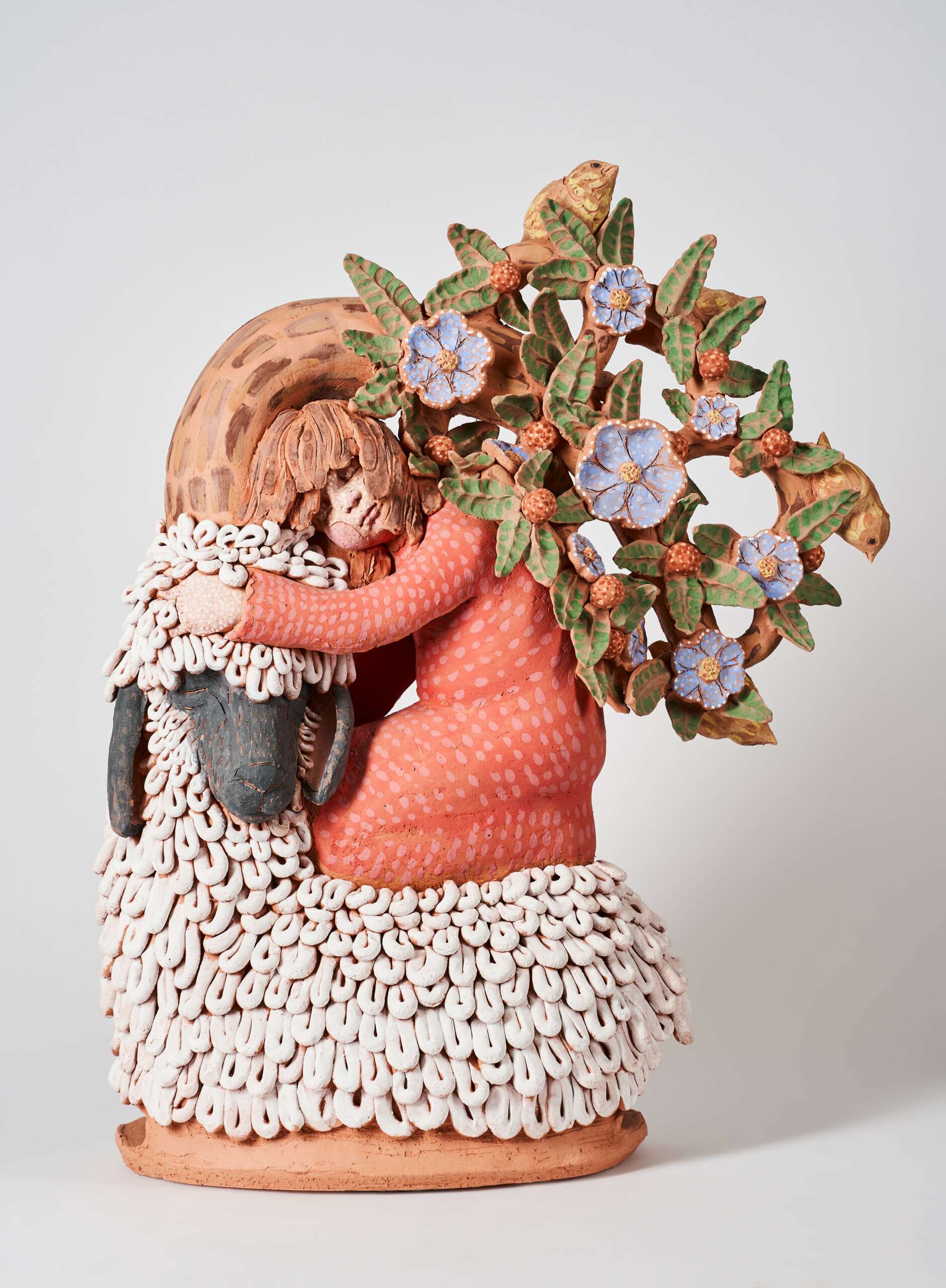
Learning and unlearning are both critical parts of growth – can you share a story of a time when you had to unlearn a lesson?
When I was a graduate student, I overheard a conversation amongst faculty who were making jokes about a woman who was making work about being a mother. When I received a tenure track job, I also learned that I was pregnant with my first child. The memory of the deminsihemnt of motherhood that I witnessed came back to me, and I suddenly became flooded with insecurity about the new direction my life was taking. I did not have any collegues or mentors in academia who were mothers, and I felt like I was on an island of my own. I accepted the fact that I that I did not have maternity leave, and had to take a research leave to get any time off- and that rather than recovering and enjoying the months after birth, I was being held to fulfilling my research obligations. I accepted that when I returned to the classroom, I had to pump milk for my baby in a closet, in 10 minute increments between classes. I accepted so much….
My final straw was during a faculty meeting when I was informed that the faculty had decided, while I was on leave, that we now hold our meetings at 7pm. When I objected to this timing because I wanted to be home for my kids bedtime- I was told that “my life choices could not be considered when deciding a time that works for the majority of the faculty.”
That night, I searched the classifieds.
From the moment I became pregnant I felt I had to defend that part of my life. These defenses generally address two points – sometimes said, often unsaid, often inferred or implied: 1. Maternal life will be an imposition and get in the way of my work 2. Making work about motherhood is a cliché.
It took a new job, a beautiful landscape, some experience, reevaluation, and perhaps tenure, to give me the confidence to say bullshit. When art and teaching is about connection, how can one of the most shared life experiences be illegitimate? My experience as a mother has provided me with a deeper language to better express what is most important to me – the ways we care for each other and how that care is transformative.
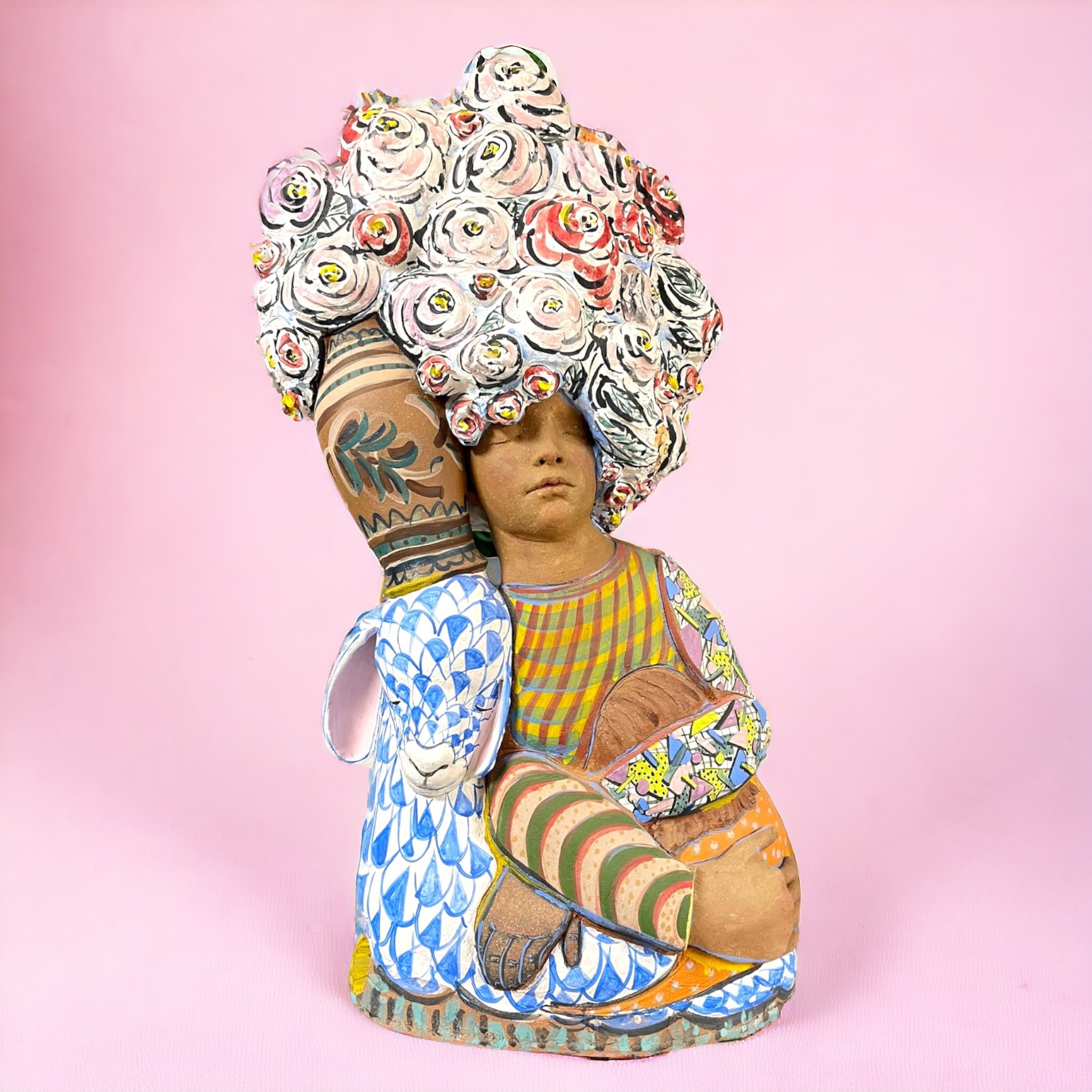
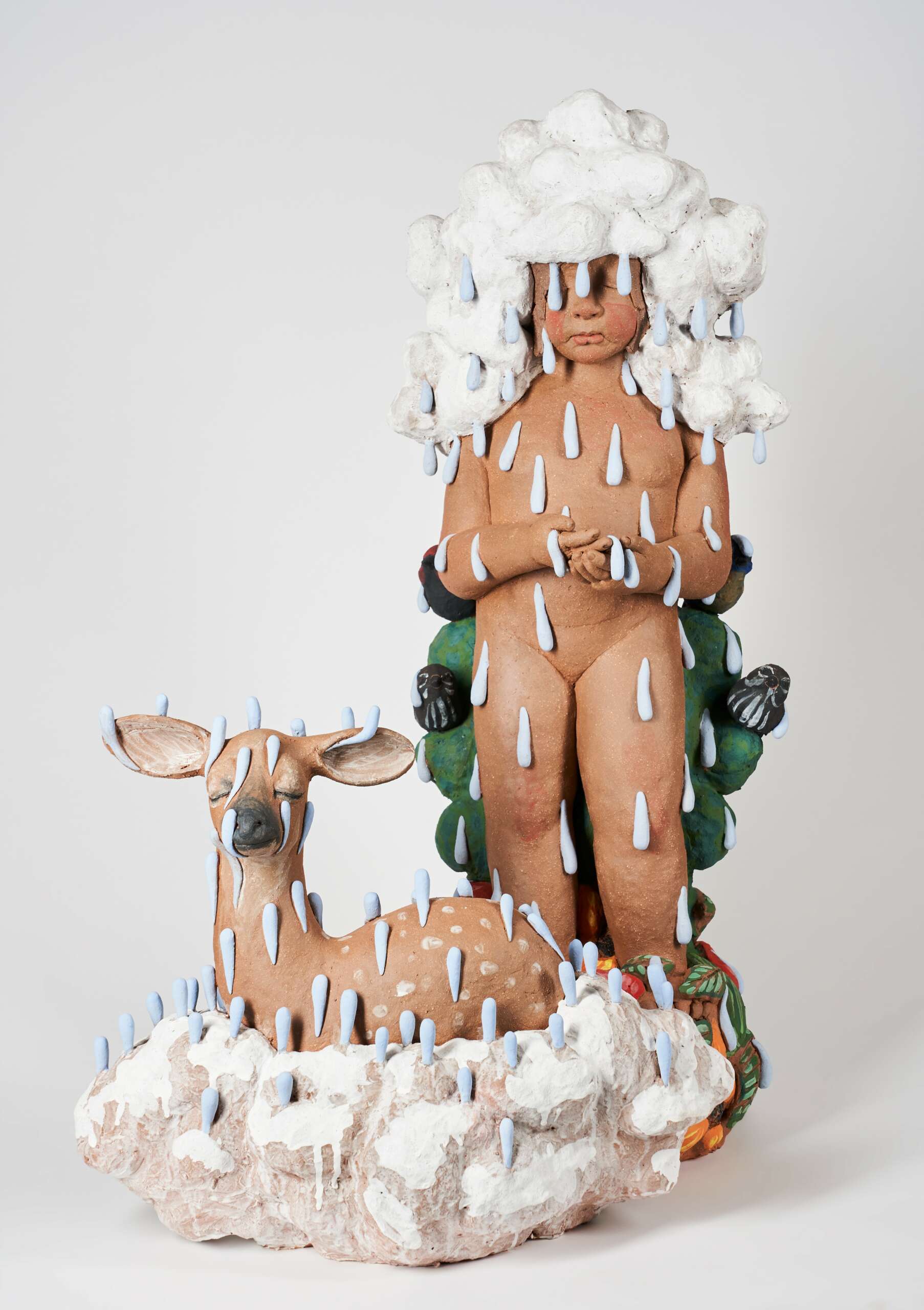
Can you share a story from your journey that illustrates your resilience?
In May of 2019, my family undertook an unexpected adventure. We bought a rundown old general store. For 3 years my spouse, Matt, poured his heart and all his energy into restoring The Todd General Store, re-opening it as a community space that hosted music, storytelling, art, workshops, a restaurant, and homemade and local goods. As we planned for our first summer where the business would be 100% operational, our beloved store experienced a catastrophic structural fire. So many things that were loved – a literal treasure trove of singular objects – gone in an instant. Along with was lost, was the majority of my artwork. I had all of my artwork from pandemic cancelled shows, on view in our gallery.
This experience has had a profound impact on how I now approach my making. It was immediately clear to me, the pieces I would miss, and those it was okay to loose.
In the months following the fire, I found myself taking many walks in an effort to process and better understand the stories we one day would tell. On these walks I saw the trees stripped of their leaves, the gray sky, the frozen ground filled with snow. I heard my feet crunching as I walked, and the fog of my breath as I picked up the pace. I felt the cold in my lungs and listened to the loud quiet of winter. I saw the trees gain their buds again, the ice melt, and I felt sad and excited for these changes. I saw the same animals and people at the same time every day. If they weren’t there, I found myself worrying for them. What came to me on these walks, and in my studio was simple: we need to mourn the leaves so that they will come back. We need the snow and the rain to fill the rivers in order to grow the flowers. We need to grieve, so that we can appreciate each other while we are here – we need each other.
My sculptures have taken a dramatic turn since our fire. I no longer feel constrained by self-imposed expectations to make what I think I should make- rather, I make what I want to make. My sculptures are a reflection of the things I wish to hold onto- things that bring me great joy and solitude, the things I would be devastated to loose. In this sense, I am celebrating the things I love, and drawing attention to that which we need to care for.
It has taken me a long time to get to a place where I feel like I am making work that I truly want to make, and in this moment, I feel so much excitement for what I am doing.
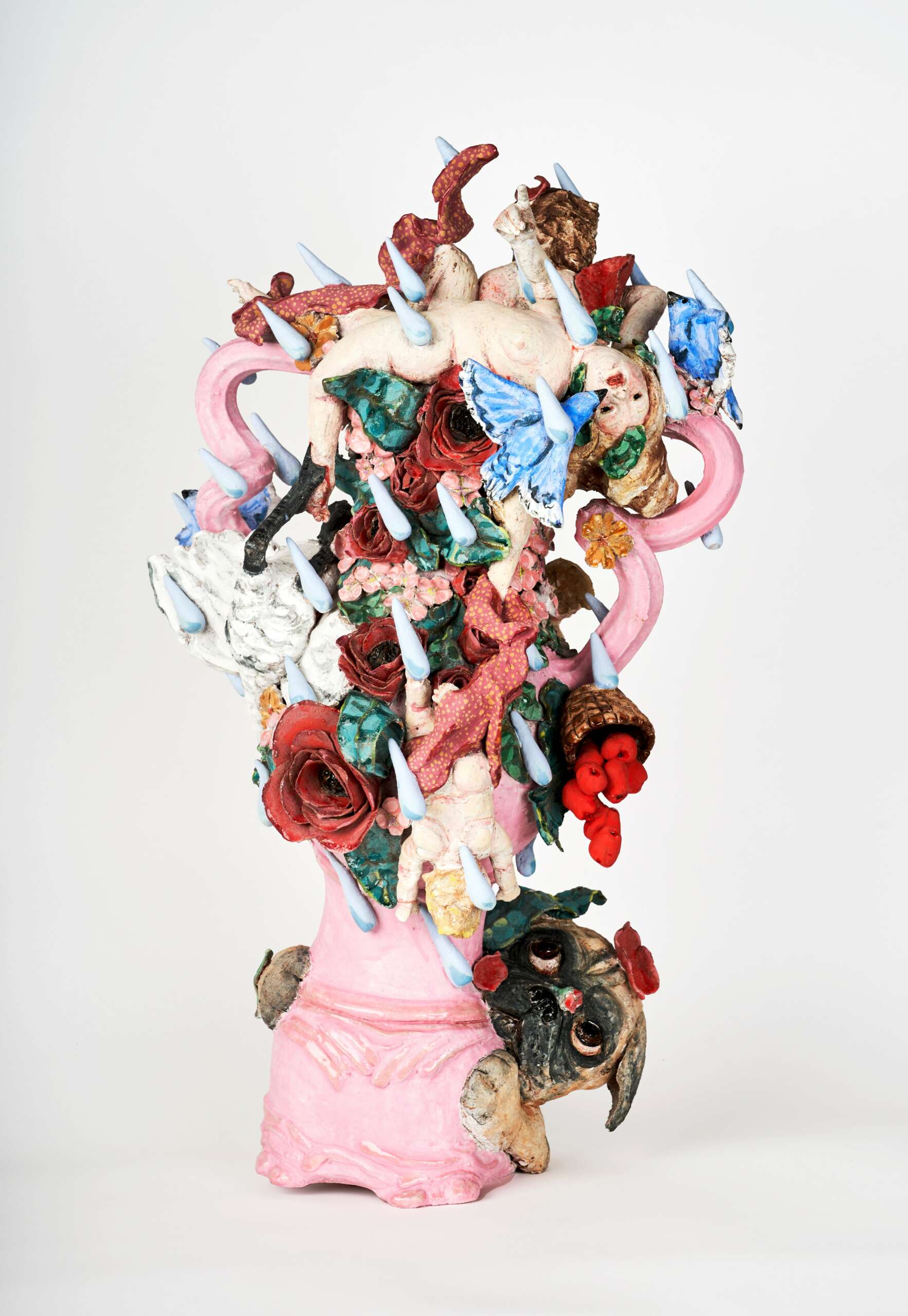

Contact Info:
- Website: andreakeys.com
- Instagram: @andreakconnell
- Facebook: Andrea Keys Connell
Image Credits
photo credit: Andrew Caldwell


